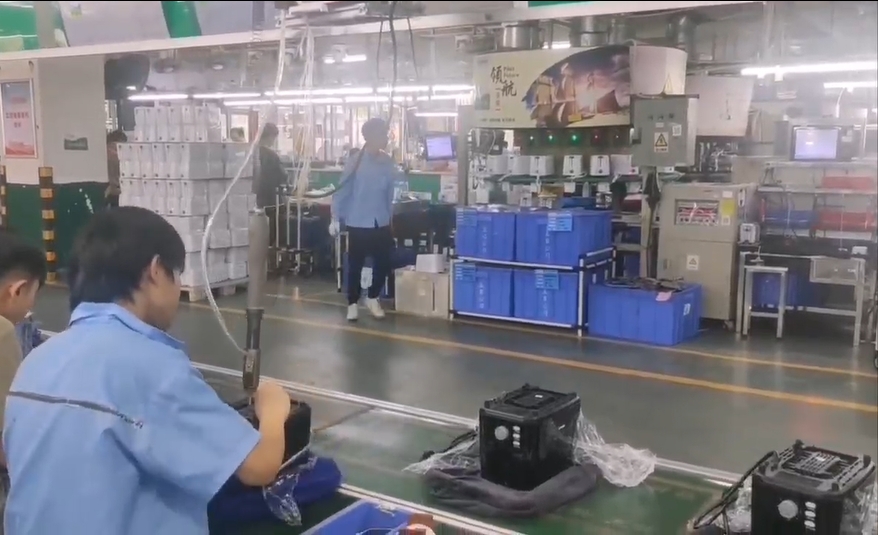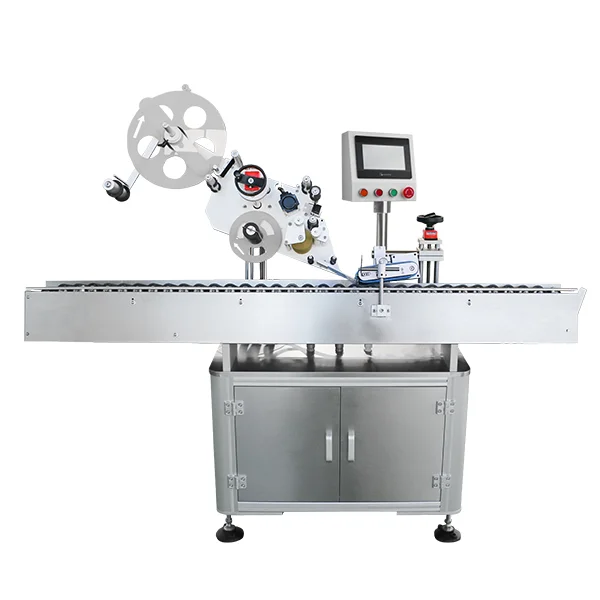When it comes to home renovation or restoration, understanding the intricacies of existing structures is crucial. One often-overlooked element is the ceiling tiles, particularly those that have been in place for decades. If you're planning to replace or repair old ceiling tiles, knowing how they are attached is essential for a successful project. This article delves into the various methods used to attach old ceiling tiles, providing you with the knowledge needed to navigate your renovation with confidence.
The Historical Context of Ceiling Tiles
Before diving into the attachment methods, it's important to understand the evolution of ceiling tiles. Historically, ceiling tiles were introduced in the late 19th century as a decorative and functional element in architecture. They were made from various materials, including plaster, wood, and later, mineral fiber and PVC. The method of attachment has evolved alongside these materials, influenced by advancements in building technology and design preferences.
Common Attachment Methods for Old Ceiling Tiles
- Adhesive Bonding
- Overview: One of the most common methods for attaching ceiling tiles, especially those made from lightweight materials, is adhesive bonding. This involves applying a strong adhesive to the back of the tile and pressing it against the ceiling surface.
- Materials Used: Common adhesives include construction adhesive, contact cement, and specialty tile adhesives.
- Considerations: While this method allows for a seamless appearance, it can complicate removal. The adhesive may damage the underlying surface, requiring additional repair work.
- Nailing
- Overview: In older homes, ceiling tiles were often attached using nails. This method is particularly common with wooden tiles or those that are thicker and heavier.
- Installation Technique: Nails are driven through the tile into the underlying structure, such as wooden beams or furring strips.
- Challenges: Removing nailed tiles can be labor-intensive, as it requires careful prying to avoid damaging the tiles or the ceiling structure.
- Suspended Grid Systems
- Overview: A more modern approach, suspended grid systems involve a framework of metal tracks that support the ceiling tiles. This method is prevalent in commercial spaces but can also be found in residential settings.
- Installation Process: The grid is installed first, and tiles are then laid into the framework, allowing for easy access to plumbing and electrical systems above.
- Advantages: This method provides flexibility in design and ease of maintenance, making it a popular choice for renovations.
- Plaster and Lath
- Overview: In historic buildings, ceiling tiles were often set in a plaster and lath system. This method involves attaching wooden lath strips to the ceiling joists, followed by a layer of plaster that encases the tiles.
- Durability: This method is highly durable and provides excellent sound insulation, but it can be challenging to remove without damaging the tiles.
- Restoration Considerations: If you encounter this method, consider consulting a professional for removal and restoration to preserve the integrity of the ceiling.
Assessing the Condition of Old Ceiling Tiles
Before attempting to remove or replace old ceiling tiles, it's essential to assess their condition. Look for signs of water damage, mold, or structural issues. If the tiles are in good condition, consider whether they can be cleaned and reused instead of replaced. This not only preserves the character of your space but also reduces waste.
Tools and Techniques for Removal
If you decide to proceed with removal, having the right tools is crucial. Here’s a brief list of what you might need:
- Pry Bar: For gently lifting tiles that are nailed or adhered.
- Utility Knife: To cut through adhesive or caulking.
- Dust Mask and Safety Goggles: To protect yourself from dust and debris.
- Drop Cloths: To catch any falling materials and keep your workspace clean.
Conclusion
Understanding how old ceiling tiles are attached is vital for anyone looking to renovate or restore their space. Whether they are adhered, nailed, or part of a suspended system, each method presents unique challenges and opportunities. By assessing the condition of your tiles and employing the right techniques for removal or replacement, you can ensure a successful renovation that honors the history of your home while enhancing its functionality and aesthetic appeal.


